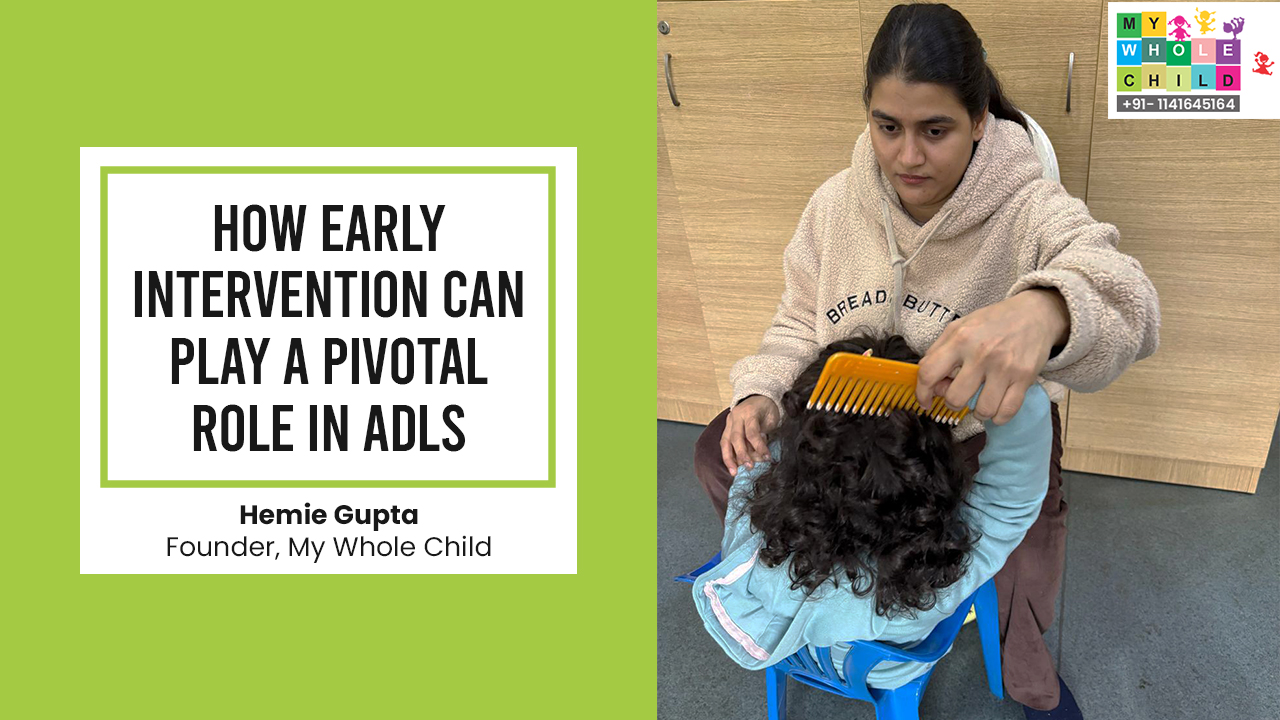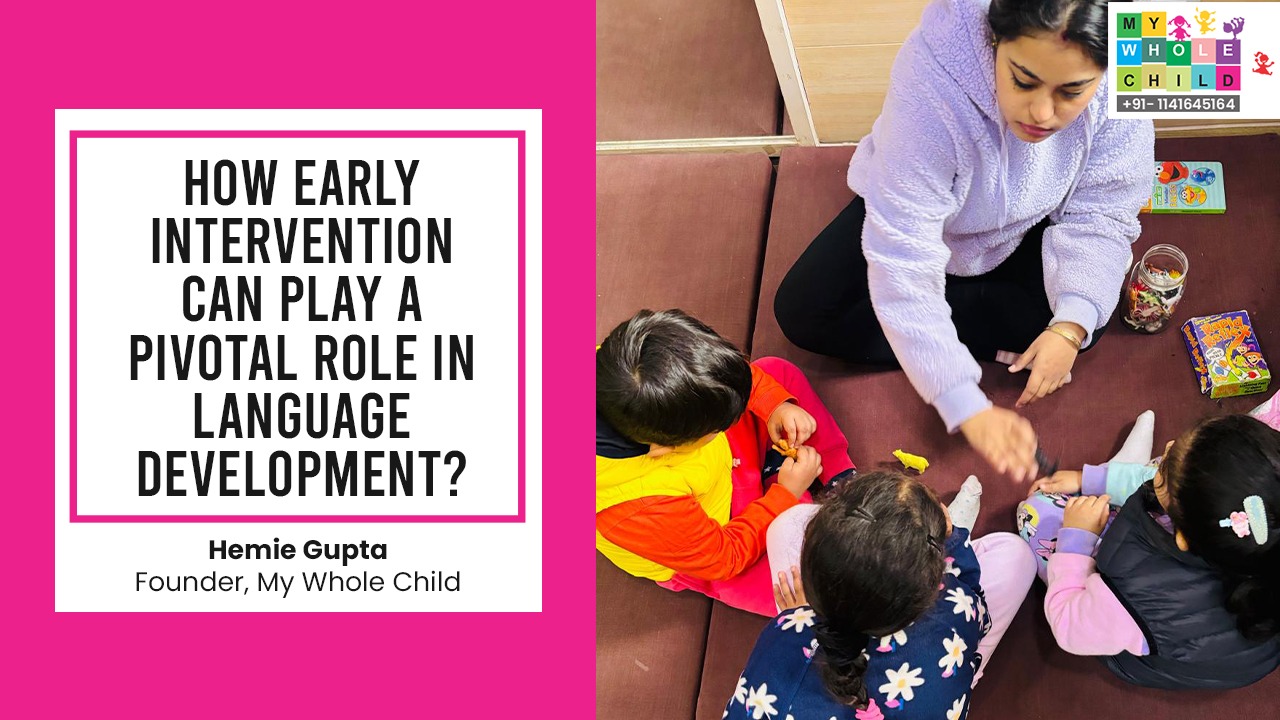mwcgk2@gmail.com S-Block, Gurudwara Nanaksar Premises, Greater Kailash-II, New Delhi-48
Unlocking Potential: Navigating Learning Challenges and Behavioral Modifications for Your Child
admin - September 25, 2024
Every child is unique, with their own set of talents and challenges. For children with special needs, navigating the world and acquiring new skills can present unique hurdles. As parents, caregivers, educators, and therapists, it’s crucial to understand how to support these exceptional individuals effectively. One powerful tool in our arsenal is reinforcement—a principle that, when applied thoughtfully and ethically, can foster growth and development in remarkable ways.
Positive reinforcement is a cornerstone in the toolkit of professionals working with special needs children. Whether it’s in the context of occupational therapy, speech therapy, or behavior management, positive reinforcement involves rewarding desired behaviors to encourage their repetition. This can take many forms, from verbal praise and high-fives to tangible rewards like stickers or small treats. The key is to find what resonates with each child and motivates them to engage with the desired behavior.
As an occupational therapist, I’ve seen firsthand the transformative impact of positive reinforcement. Celebrating even the smallest victories can boost a child’s confidence and motivation, making them more receptive to learning and trying new things. However, it’s essential to strike a balance between external rewards and intrinsic motivation. While tangible rewards can be effective in the short term, the ultimate goal is to cultivate a genuine passion for learning and growth that comes from within.
Negative reinforcement, though less commonly used, also has its place in supporting special needs children. In some cases, allowing a child to skip a challenging task or activity can alleviate stress and prevent them from feeling overwhelmed. By removing a source of discomfort or anxiety, we create a more conducive environment for learning and development.
However, it’s crucial to approach reinforcement with sensitivity and ethical considerations. Special needs children may have unique sensitivities or aversions, and what works for one child may not work for another. Moreover, reinforcement should always be implemented in a way that respects the dignity and autonomy of the child, avoiding coercion or manipulation.
Personalization is key when it comes to reinforcement strategies. Each child has their own strengths, weaknesses, and preferences, and effective support requires a tailored approach. Regular assessment and adjustment of the reinforcement plan are essential to ensure continued progress and growth.
In conclusion, reinforcement is a powerful tool that can unlock the remarkable potential within special needs children. By leveraging the principles of positive and negative reinforcement with care and thoughtfulness, we can create an environment that nurtures growth, development, and achievement. Through ethical implementation, personalized strategies, and a deep understanding of individual needs, we can empower these exceptional individuals to thrive and reach their full potential. Together, let’s champion the abilities of every child and pave the way for a brighter, more inclusive future.
Latest Posts

How early intervention can play a pivotal role in ADLs
January 8, 2025
New Year’s Resolutions for Neurodivergent Children
January 2, 2025


